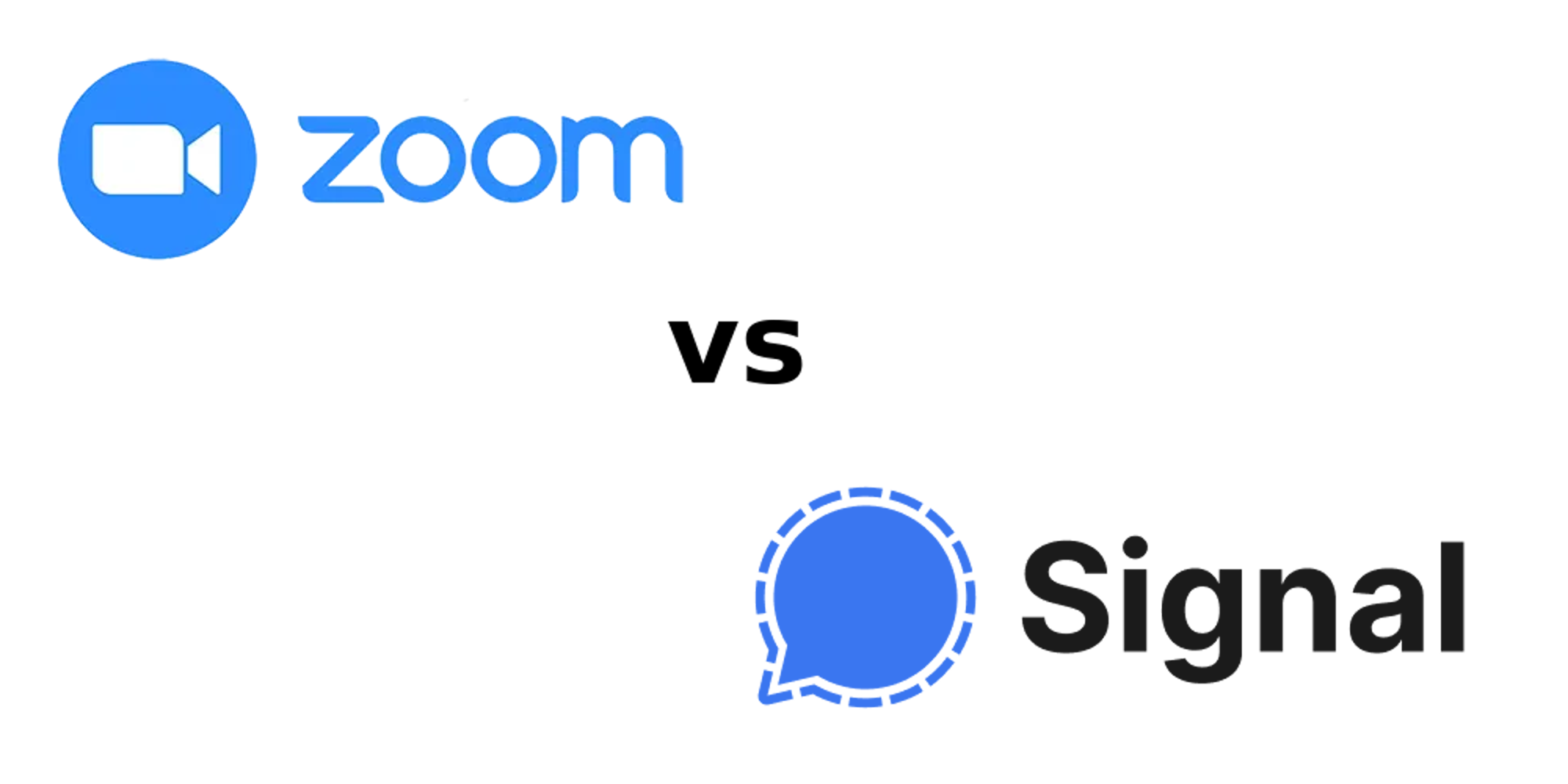Understanding the differences between Zoom and Signal App
By Jeff Reifman
If you’re not interested in understanding how to protect your private conversations but you just want to have the most secure messaging and one-to-one video calling software application, use the Signal app and do not hold conversations on Zoom that you require to remain private. Currently, Signal’s video encryption is only available on its Android and iOS apps. Signal’s secure text messaging is available on additional platforms.
If you need video conferencing for up to four people or phone calls with up to ten and you want the flexibility for desktop video conferencing, consider Wire. There are no strongly secured solutions for larger group conversations at this time.
For all the details, you can download the full paper.
Introduction
Certainly, the COVID-19 outbreak has mainstreamed video conferencing and Zoom has been the biggest beneficiary. It’s not just being used in professional settings but also for organizing, socializing, interpersonal communication and telehealth. In fact, telehealth and mental health conversations hosted on Zoom may make up some of virtual conferencing’s most intimate and sensitive content. But Zoom is not a fully private service. Fortunately, there’s a more private alternative for one on one conferencing needs, Signal.
Until the US Congress enacts a privacy Bill of Rights for Internet consumers, it’s up to us to protect ourselves online. We must learn as much as we can about how our data is used and protected during all of our internet-based activity. And, it’s important we consider how the unsuspected, unanticipated and unwanted distribution of our data may negatively impact our life.
What would happen if strangers obtain our phone number, our home address, our banking password, private or intimate photos, a health diagnosis or audio and video of a deeply personal mental health conversation?
This process of consideration is called threat modeling. Learning to threat model the use of common video chat and conferencing solutions such as Zoom and Signal can help you understand and prepare for how your data may or may not be compromised or shared.
First, we’ll review why Zoom video conferencing is not safe for private conversations and ill-advised for telehealth. Then, we’ll talk about Signal and how it’s been designed specifically to maximize privacy. Lastly, we’ll review the state of telehealth privacy and discuss how to interpret frequently vague claims of privacy by corporations in the media.
Download the full paper to get the whole story.

